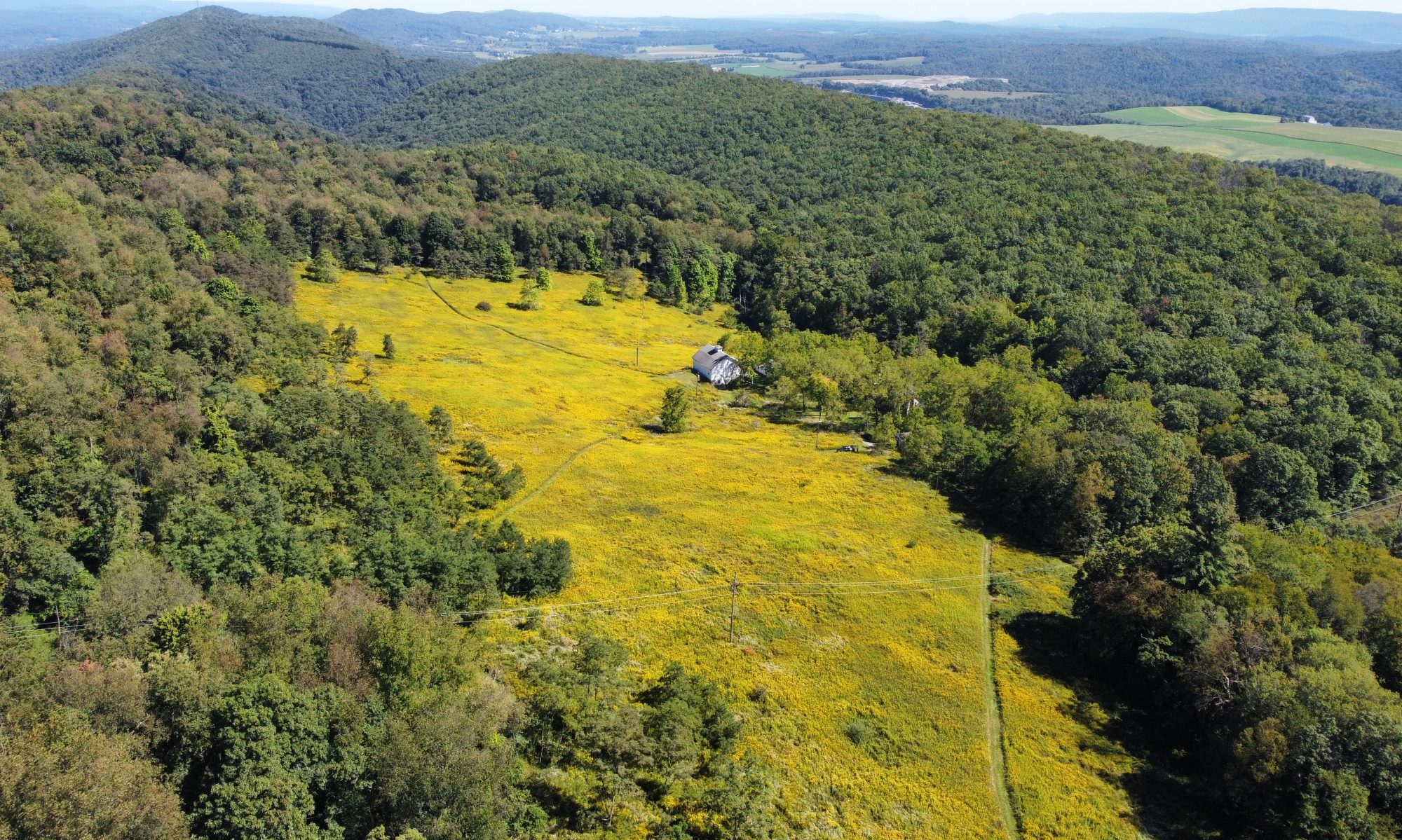“If I were a mole in the ground,” the old Appalachian folk song says, “I’d tear them mountains down.” This hairy-tailed mole (Parascalops breweri) seemed to be trying to do just that on Monday morning, August 29, in the lawn adjacent to the veranda of the main house. This is the video I shot, pretty much unedited, except for the inevitable loss of detail that goes along with rendering it into a format small enough for upload. (I used a couple minutes of the footage to illustrate a poem by a friend of mine, and since it’s a much shorter video, was able to upload it in high definition — “The Last Brave Ship” by Dale Favier.)
The hairy-tailed is one of two mole species resident on the mountain, the other being the star-nosed mole (Condylura cristata), which on very rare occasions over the years has appeared in the basement. Neither is common, probably because our soil is a stony, heavy clay with a chemical hardpan about a foot below the surface. The hairy-tailed mole, according to this very detailed webpage on a site devoted to Adirondacks wildlife, prefers sandy loam, in which it excavates a series of tunnels 10-22 inches down. It’s not necessarily nocturnal, as we discovered: “Although daily activity rhythms are little known, the species appears to be more active during the day, somewhat less at night.”
Earthworms make up 30% of its prey, insect larvae and pupae an equal amount. Adult insects, snails, slugs, sowbugs, millipedes, and centipedes provide the remainder. The hairy-tailed mole uses its highly-developed sense of touch and smell to locate prey, catching some of these animals on the surface — a feeding strategy it is more likely to adopt at night — and the rest in the top layers of soil and plant debris.
Another website says, “When food is scarce they will feel on small roots as a supplement, but cannot live on roots alone. They can consume an equivalent of three times their body weight in one day.” It was hard to tell for sure, but we got the impression that this mole was eating mostly roots.
Being nearly blind, it didn’t seem to notice the three of us watching and filming. The sounds are especially endearing — check out all the panting and snuffling noises it makes. The Adirondacks site says only “Vocalizations include a variety of harsh, guttural to quiet ‘squeaks’, their context and function largely unknown.”
Discover more from Plummer's Hollow, Pennsylvania
Subscribe to get the latest posts to your email.

Dave, I watched, totally rapt. What a frenetic little beast. At the end he (or she) turned into one of my daughter’s Zuzu Pets among the rocking chair rockers. I was fascinated by the background sounds too, trying to put face to voice, 20 years gone from the eastern forest. You have a fair amount of noise pollution too, which I perhaps should have expected from your inclusion of train, plane, and automobile references on Morning Porch, but I somehow hoped the hollow would shelter you a bit more. Anyway, I enjoyed that a lot. Thanks.
LikeLike
Glad you enjoyed that, Hugh. Yeah, we thought of the zuzu comparison, too! As for the noises, Monday was an especially noisy morning, due to a heavy inversion layer. Sometimes it’s quiet. But we do have an interstate highway and the main east-west rail line right over the ridge. This is no wilderness.
LikeLike
I enjoyed the video of the mole..I have only seen one (dead) at Churchville Nature Center in the White Pines near the road and reservoir. Many years ago.
LikeLike